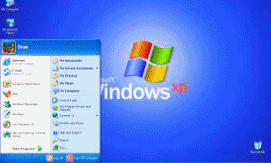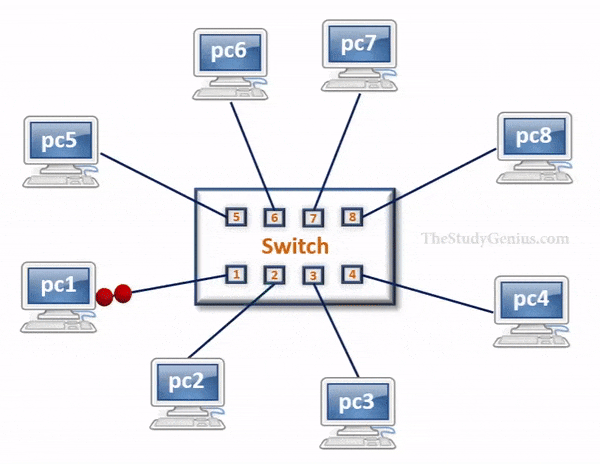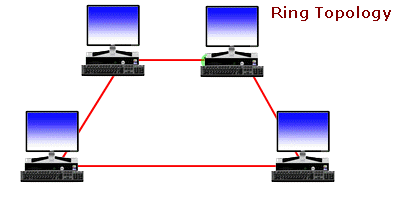Zeal For Wisdom
How Operating System Works
Not all computers have operating systems. The computer that controls the microwave oven in your kitchen, for example, doesn't need an operating system.
It has one set of tasks to perform, very straightforward input to expect (a numbered keypad and a few pre-set buttons) and simple, never-changing hardware to control.
For other devices, an operating system creates the ability to:
- Serve a variety of purposes
- Interact with users in more complicated ways
- Keep up with needs that change over time
All desktop computers have operating systems. The most common are the Windows family of operating systems developed by Microsoft, the Macintosh operating systems developed by Apple and the UNIX family of operating systems developed by a whole history of individuals, corporations and collaborators. There are hundreds of other operating systems available for special-purpose applications, including specializations for mainframes, robotics, manufacturing, real-time control systems and so on.
Operating System Functions
At the simplest level, an operating system does two things:- It manages the hardware and software resources of the system. In c omputers, tablets and smartphones these resources include the processors, memory, disk space and more.
- It provides a stable, consistent way for applications to deal with the hardware without having to know all the details of the hardware.
Zeal For Wisdom
Learn Today For Better Tomorrow














